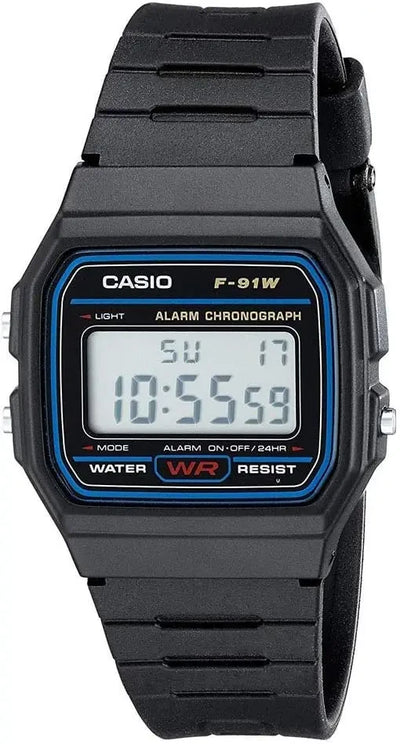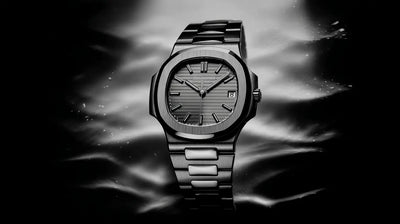
What is the best-selling watch in the world?
Which watch is the best-selling in the world among all the brands and models available on the market? We will explore...



And what this reveals about our relationship to movement
A stopped automatic watch isn't an emergency. It's not even a problem. It's just a faint signal—a paused breath, a mechanism waiting for its cue. But behind this apparent silence lies a truth: these watches aren't meant to be frozen.
Their language is movement. Their fuel is you. And when they stop spinning, it's not because they're failing. It's because they've been forgotten.

Inside the case, a precise ballet: an oscillating rotor, a mainspring, bridges, gears. Nothing electronic. Nothing rushed. Just a system that transforms everyday gestures into watchmaking energy. An automatic watch winds itself because you live. It asks for nothing more.
But like any autonomous mechanism, it has a reserve. 36 to 72 hours, on average. After this time without movement, it gently shuts off. Without warning. Without vibration. Just... a stop.

Because we didn't wear them enough. Or long enough. The rotor didn't turn. The spring loosened. And everything froze. It's neither rare nor abnormal. It's just physical.
But this shutdown creates an imbalance. Complications go haywire: date, moon phases, power reserve. The rhythm is disrupted. And restarting the machine becomes a minor ritual. Sometimes tedious. Always revealing.
We shake. We wind it manually. We turn the crown without really knowing how many times. Automatically. For fear of silence. But this action, repeated excessively, can prematurely wear out certain parts.
And most importantly, it doesn't solve anything. The real solution isn't to intervene every time the watch stops. It's to prevent it from stopping.
This need for consistency led to a simple and technical solution: the watch winder. Not as a gadget, but as a logical continuation. A discreet device, often made of wood or leather, that keeps the watch alive while you move on to something else.
Some models of automatic watch winders , like those offered by Rotation Horlogère, even allow you to adjust the number of rotations per day, the direction, and the pauses. It's not a support. It's an interface between you and precision.


She says: I've been forgotten. It doesn't matter. But it's a message. And for those who experience their timepiece as an extension of themselves, this message is a little dissonant.
The winder, in this context, is not a luxury. It's a form of consistency. It's about choosing rhythm, even when you're not wearing the watch. It's about letting the mechanics express themselves, in silence, while the world goes on.
An automatic watch can stop. But it shouldn't. Not if you love it. Not if you understand what it represents. It doesn't need to be worn every day. It just needs to exist. To tick.
And this movement, however subtle, often begins... in the shadow of a winder.

Which watch is the best-selling in the world among all the brands and models available on the market? We will explore...

It leaves no trace. No scratches, no dents. Nothing visible. And yet, magnetism is one of the quietest enemies of your automatic watch. ...

The world of watch boxes offers a multitude of options to meet various needs and preferences. From a simple storage box to...
Leave a comment
This site is protected by hCaptcha and the hCaptcha Privacy Policy and Terms of Service apply.